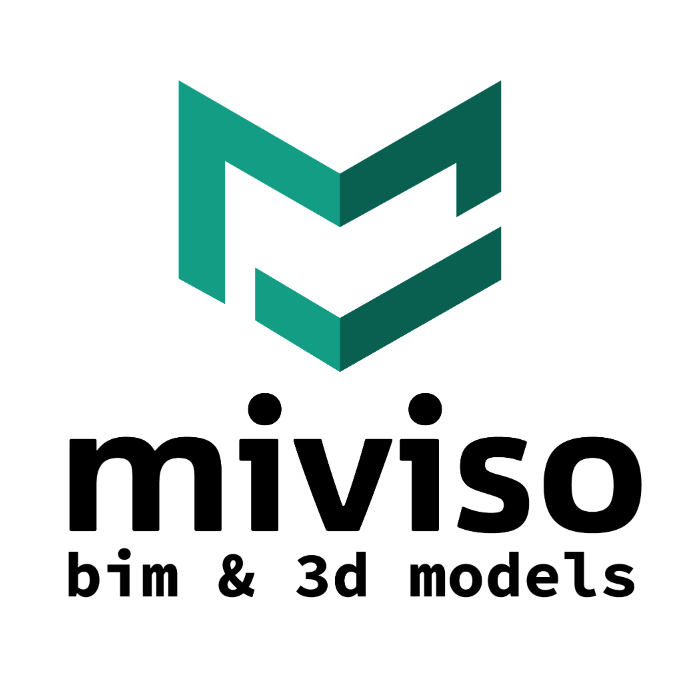Minimizing risks in existing building renovations: How 3D BIM Models can help

Building Information Modeling (BIM) is a key component of digitalization in construction, planning, and building operation. It involves creating a detailed, digital 3D model of a building or structure. BIM has numerous benefits, not just in new construction but also in renovations, and it is currently the most important element towards digitalization in the construction and real estate industry. Using BIM, professionals can plan and design buildings more efficiently, reduce errors and rework, and optimize building performance. It also allows for better communication and collaboration among team members, as well as the creation of a digital twin that can be used for facility management and maintenance. Overall, BIM can greatly improve the building process, from design to operation.
Why is 3D modeling such an important tool for developers, planners, and architects?
3D modeling allows professionals to digitally analyze an existing building in its entirety for planning purposes. In 2D plans and sections, it can be difficult to identify real irregularities such as slopes or curvatures in walls and ceilings. This can lead to additional effort and costs during the construction phase. By using a 3D model, these irregularities can be accurately identified and taken into account in the planning process for renovations or extensions. This is especially useful when it comes to renovating or converting an existing building, as the structural conditions can be thoroughly examined and accounted for. Overall, 3D modeling can greatly improve the efficiency and accuracy of the building design and construction process.
How does 3D BIM modeling of existing buildings work?
To create a BIM-capable 3D model of an existing building, the building must first be surveyed. This can be done efficiently and cost-effectively using 3D laser scan technology, which generates a point cloud of the building. This point cloud accurately represents the surfaces of walls, ceilings, floors, and other visible components. Using this point cloud, the 3D model of the building is then created in a 3D CAD program and supplemented with the necessary component information. This process is also known as "Scan to BIM" or "Scan to CAD".
What are the benefits of 3D modeling of existing buildings?
One of the main advantages of using a 3D model for renovation and extension planning is that it allows professionals to identify and visualize any existing irregularities such as slopes and curvatures on walls and ceilings. By considering these factors in the planning phase, it is possible to prevent additional costs that may arise during the construction phase. This can be especially significant when it comes to renovations and conversions of existing buildings, as structural conditions can be more accurately accounted for. Overall, 3D modeling can greatly improve the efficiency and cost-effectiveness of the building design and construction process.
Examples of how 3D modeling is used in practice
When building owners want to renovate their properties, they often hire experienced architects to plan the renovation. The first step in this process is usually to create a set of existing plans that the architect can use as a basis for the renovation or conversion. However, these existing plans may not always accurately reflect the real existing building, so the building must be surveyed again. The data from this survey, usually a point cloud, is then processed in a BIM-capable CAD program to serve as the foundation for the renovation plans. This part of the process requires a high level of competence and experience, as errors in the inventory and processing of the existing data can cause delays and additional costs during the construction phase.
To ensure that the architect has a reliable basis for planning, it is advisable to involve specialists in the creation of 3D BIM models and plans. By working with experts who have the necessary knowledge and experience, you can minimize the risk of errors and ensure that the renovation or conversion process goes smoothly.
Source: https://www.miviso.com/post/how-3d-bim-models-can-help-mitigate-risks-in-building-renovations
+ Post an article












